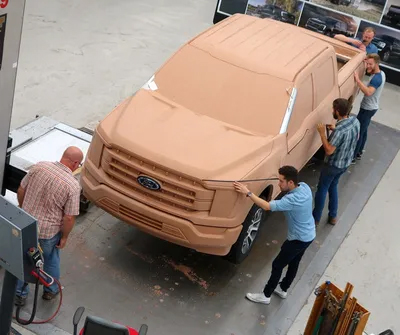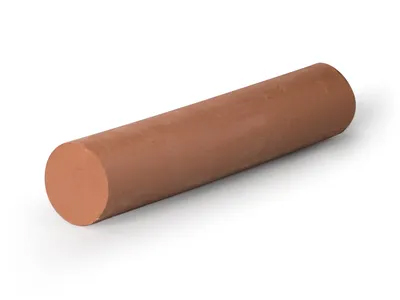Modeling clay remains an industry standard for three-dimensional design studies. The material perfectly complements modern CAD-CAM processes and allows for quick surface modifications.
Industrial Styling Clays are manufactured in several formulations to suit the exact requirements of sculptors in the Transportation and Product Design industries. Formula selection depends largely upon personal preference, available equipment and working environment. Each formula has excellent qualities of adhesion, cohesion and consistency, can be milled, carved, extruded and slicked to an extremely accurate, glass-like finish. The clays join easily, will not show seams, will hold fine detail and will not crack under normal circumstances. They are reusable, can be modeled by hand, template dragging or CNC equipment, are non-toxic and create no dust. Surfaces can be finished with films, drafting tapes or paint. Surface data can be scanned or tooling molds can be acquired.
Find a Distributor


